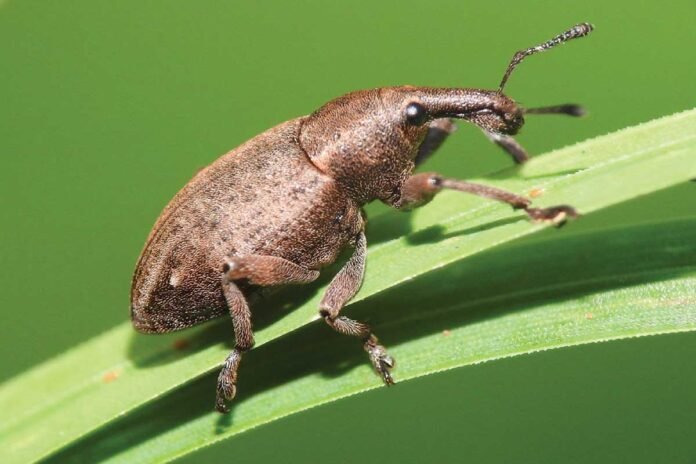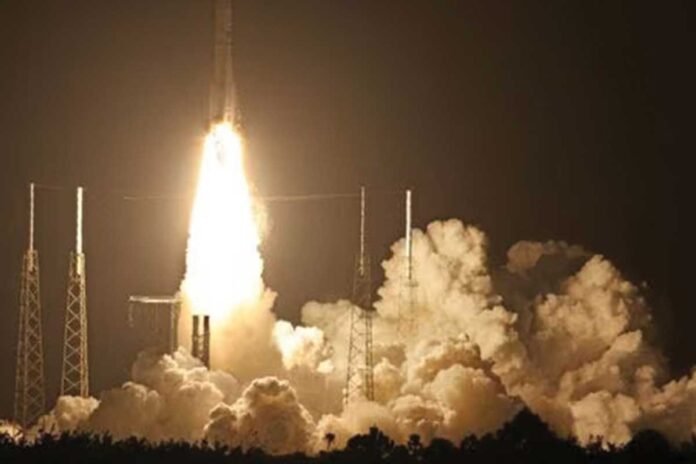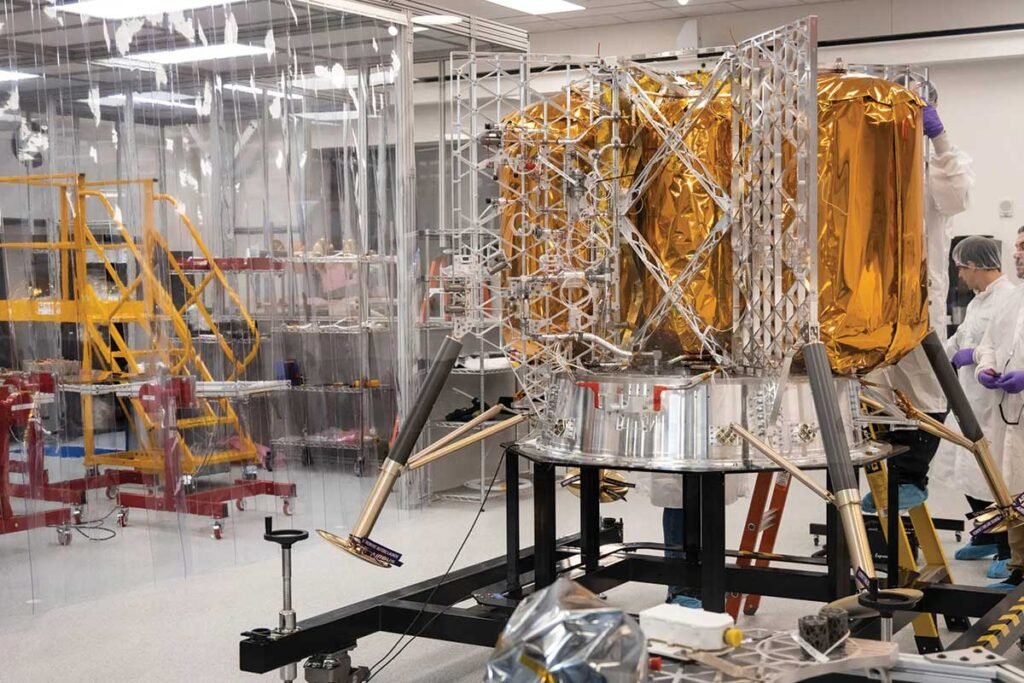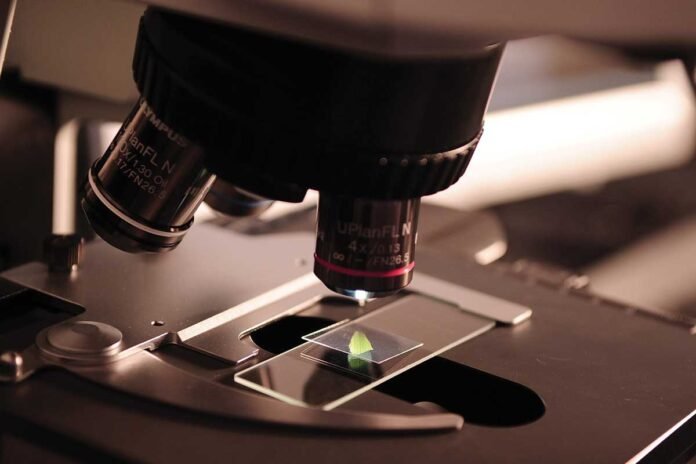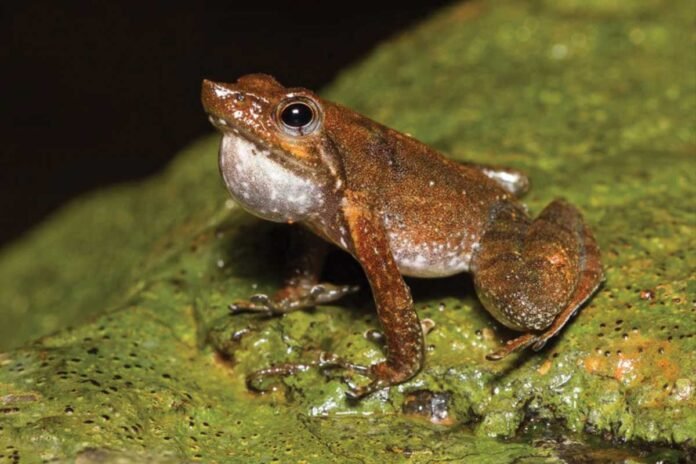Researchers from the Agharkar Research Institute (ARI) in Pune have discovered a new fire-resistant, dual-blooming plant species, Dicliptera polymorpha, in the Western Ghats. This region, known for its diverse flora and status as a biodiversity hotspot, continues to reveal unique species.
Led by Dr. Mandar Datar, botanist Adittya Dharap, and Ph.D. student Bhushan Shigwan, the ARI team collected the plant from Talegaon-Dabhade, an area known for grasslands. What makes Dicliptera polymorpha exceptional is its resilience to fire and its ability to flower twice each year. Its second bloom, triggered by local grassland fires, highlights its remarkable adaptation to extreme conditions.

This species also stands out for its unusual spicate inflorescence, a characteristic found only in some African relatives. Named Dicliptera polymorpha for its varied traits, the species was identified and verified by Dr. I. Darbyshire, a global expert at Kew Botanic Gardens in London. Notably, the journal Kew Bulletin has published the team’s findings.
Dicliptera polymorpha thrives on open slopes in the northern Western Ghats, an area prone to harsh summer droughts and regular fires. Typically, the plant flowers from November to April, with a shorter bloom in May or June triggered by fires. During this second flowering period, woody rootstocks produce smaller flowering shoots for a fuller display.
This discovery emphasizes the need for grassland conservation in the Western Ghats. With its reliance on fire, Dicliptera polymorpha requires a careful balance between natural regeneration and habitat preservation. Thus, managing fire practices is essential not only for this species but also for the many undiscovered plants that the Western Ghats may yet reveal.


